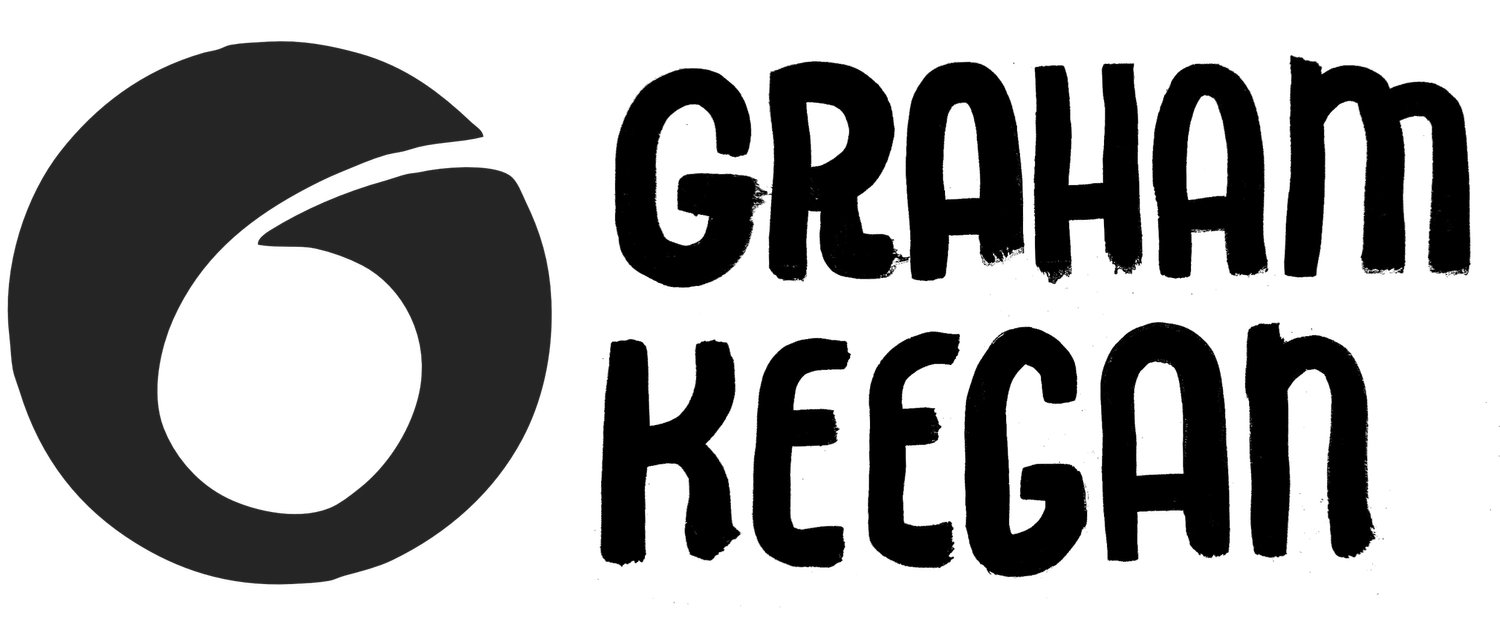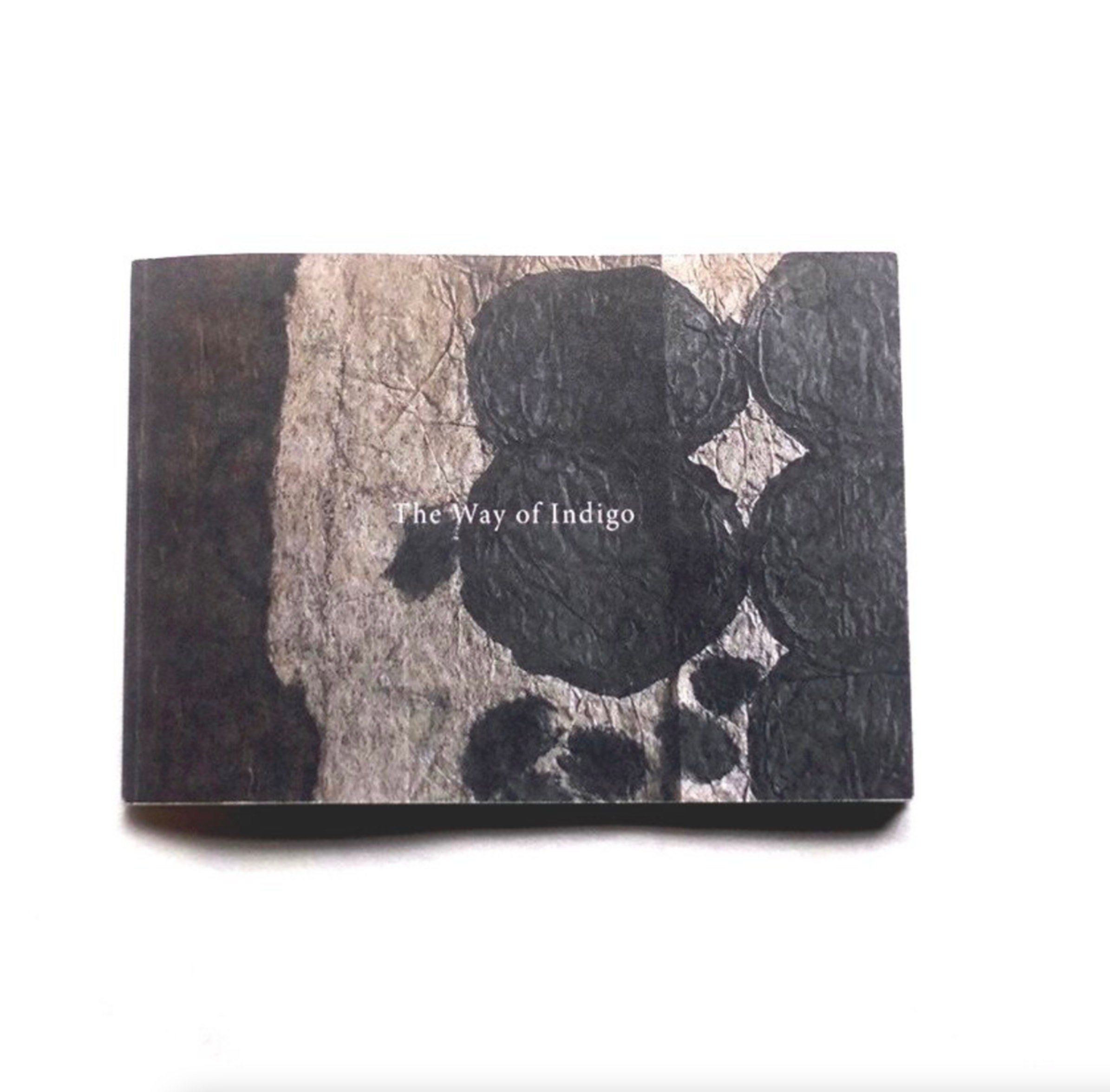THIS PROFESSIONAL DYER'S TOP EIGHT NATURAL DYE BOOK PICKS FOR THE HOME DYER OR NATURAL DYE ENTHUSIAST
I'm happy to say that natural dyeing is certainly having its moment! I'm often asked "where did you learn all this?". Aside from the countless personal errors and observations, the main answer is BOOKS! And despite all this current excitement and attention in the filed, I find much of the literature and practical information on the subject to be a bit "lite". There are countless new books, blogs and businesses that often tend to cycle the same diluted, warmed over info.
I'm very picky about my sources of information! I like books that have practical instruction, legitimate research citation and historical context. This list will provide more than a lifetime's worth of practical information regarding dye plants, natural dyes, natural dye history, printing history, printing methods, etc. These are not coffee-table books nor are they necessarily lusciously photographed visual gems. These are dense, effective, well composed tools that can be invaluable to the right dyer.
Some books are incredibly expensive, some, more affordable. If you're looking for a gift for a dyer in your life or if you are just a natural dye information junkie like myself, this list is a great place to start. My list here skews toward books that address graphics processes with natural dyes onto fabric yardage (as opposed to dyeing yarns and solid colors) as that is my primary interest. I plan to expand this list soon to be longer than a mere 8 books, but lets start here, hey.
I'm an Amazon user so I provided links to all these books but they may be available other locations for lower prices, also the library system has them all!
If you've got beef with my selections, bring it on!
My top 8 Natural dye books are as follows.
8. THE RED DYES : COCHINEAL, MADDER, AND MUREX PURPLE, BY GÖSTA SANDBERG
Gösta Sandberg creates some of the best historical research survey books of natural dye methods. This book contains a broad spectrum of information on the ancient extraction methods and applications of dyestuff as well as contemporary recipes and resources. The unique concentration on the red spectrum is a welcome compliment to the glut of indigo-centric books out there. There are hundreds of beautiful photos of textiles and dyestuff. I recommend any book by this author! The bibliography is a great resource as well to point you toward future research.
7. JAPANESE STENCIL DYEING BY EISHA NAKANO WITH BARBARA STEPHAN
I stand by this book so much that I actually have a small number of my personal copies for sale! I’m always on the lookout to purchase more, but I’m often sold out. Amazon may have a better price though, so check both.
This is a fully comprehensive, practical manual that explains the tools (shinshi, harite, suribachi, komon nuka, mochiko etc), planning, process and execution of katazome. I've extrapolated much of this process and found affordable, accessible tools that work well for the western home hobbyist and presented them here. This book covers the traditional execution thoroughly and in-depth. Originally written in 1982, there is very little revision necessary save some sourcing information. The descriptions of the process are essentially flawless.
6. SHIBORI : THE INVENTIVE ART OF JAPANESE SHAPED RESIST DYEING : BY WADA, RICE AND BARTON
Unparalleled in depth and scope, this manual has photographs and examples of beautiful works and intricate hand-drawn illustrations. Instruction is provided for all forms of stitching, binding, folding and pole-wrapping. Historical context and masterful examples fill this hefty volume.
5. THE WAY OF INDIGO : BY TAKAYUKI ISHII
I’ve been waiting for this book for 15 years. During my earliest experiences with growing indigo in 2007, there was very little published material, either in print or on the internet about processing the plants into usable pigment. I remember harvesting a giant bundle of plant material, it was Persicaria tinctoria blue leaves and brown stems after the first frost in September and just wondering: “HOW, how do I get that color out from the leaves and onto fabric?”. In the end that year, I did nothing, lamenting tossing the whole thing onto the compost pile and it STILL eats at me that I could have saved and used those leaves.
In the subsequent years, many wonderful natural dye books have been published but there was still a gaping hole in the publication record for this precise subject. Luckily for us Takayuki Ishii has devoted the time and effort into cataloging the process of making small batch sukumo. And its in ENGLISH to boot!
This book has a laser focus on a single subject : transforming Persicaria tinctoria leaves into a sukumo indigo dye vat. If you have any interest in that subject, this is THE book for you. It is slim but mighty - packed with hand-drawn illustrations and photographs of the process that instill confidence and shed light on the enigmatic process.
I’ve been saving leftover batches of leaves from my indigo grows for the past few years and will be working my way through the process this fall when I can add the remainder of this year’s leaves to my pile!
The biggest challenge of this book is the price point! The $110 tag is nothing to scoff at, but I believe it money well spent. The information alone - aside from being available in such detail nowhere else - is thorough, clearly organized and well presented. The book is self-published by the artist and imported to the US from Japan.
I already treasure my copy as I hope you will yours!
4. NATURAL DYES : BY DOMINIQUE CARDON
Do not let the atrocious image and free-looking font on the front of this tome fool you, this is THE DEFINITIVE scholarly book in the English language (that I've encountered) surveying the field of natural dye plants (and bugs and fungus), their cultivation and use. Translated from French, this book contains profiles of hundreds of different plants and includes the historical and contemporary uses for each, as well as proposing new areas of development and exploration in the world of natural dyes. It reads like a combination of encyclopedia and a practical science text book. For the serious dyer, this book is worth its hefty price tag for the bibliography alone. If you can't afford it, find it in a library. This is serious.
3. SINGING THE BLUES : SOULFUL DYEING FOR ALL ETERNITY BY JOHN MARSHALL
2018 saw the publication of a number of great books on the subject of natural dyeing, but this paperback gem by John Marshall is Indigo’s long needed holistic compendium! John covers the process of working with indigo plants from leaf to dye in-depth, with the support of MANY photographs and text based on his own decades-long experience and intuition around indigo. The focus is narrow, on working with just a single color, but this is a DEEP resource that includes suggestions, recipes and tutorials amassed from a lifetime of craftsmanship. John’s voice is clear throughout and the tone of the book is charming, encouraging and will leave any engaged reader excited to deepen their indigo practice.
2. THE ART AND CRAFT OF NATURAL DYEING, TRADITIONAL RECIPES FOR MODERN USE : BY J. N. LILES
Prior to the publication of my new #1 book, I used to say: if you just buy one, make it this one. Minimal photos, maximum amount of information! Liles covers a broad range of practical dye methods in depth, often providing multiple recipes to achieve similar or the same results. This is a daily reference guide of the professional natural dyer. His techniques are mostly gleaned gems from other books and the recipes contain citations as such. If you have a desire to dig into any of the listed processes in depth, simply follow the footnotes and find the book from another generation that he cited.
1. THE ART AND SCIENCE OF NATURAL DYES : PRINCIPLES, EXPERIMENTS, AND RESULTS BY JOY BOUTRUP AND CATHARINE ELLIS
If you buy only one, let it be this one!
The Art and Science of Natural Dyes is a gift to the next wave of natural dyers. This spiral-bound (lay flat) hardcover instruction and reference would have saved me three years of my life in trial and error if it had existed when I was first becoming interested in natural dyeing. The text and photographs can both inspire and intimidate as they reveal the staggering breadth of methods of control and colors available from natural dyes. My only concern that approaches any sort of criticism would be that the book does not cover in-depth strategies to physically execute the outlined projects (though to be fair, the title is Art and Science, not Art, Science and Process), but hey, that’s what workshops and in-person classes are for! This book does not include photographs of the recipes or projects in-process or diagrams of humans actually doing the things. It does include photographs of color samples, pattern examples and a recipe section that, when executed as directed, provides great, lasting results. Thank you to Joy Boutrup and Catharine Ellis for assembling such a wonderful resource that will aid a generation of natural dyers.
Alright, that's my list. I'll continue to update it and make adjustments as my tastes change and if I find more great books! Be in touch if you have any questions.








